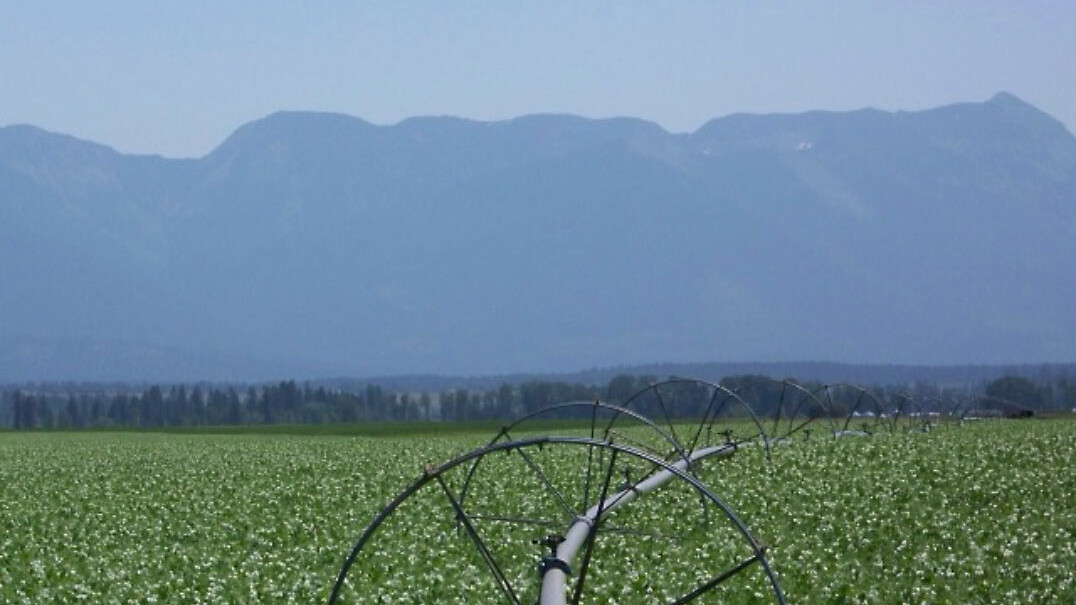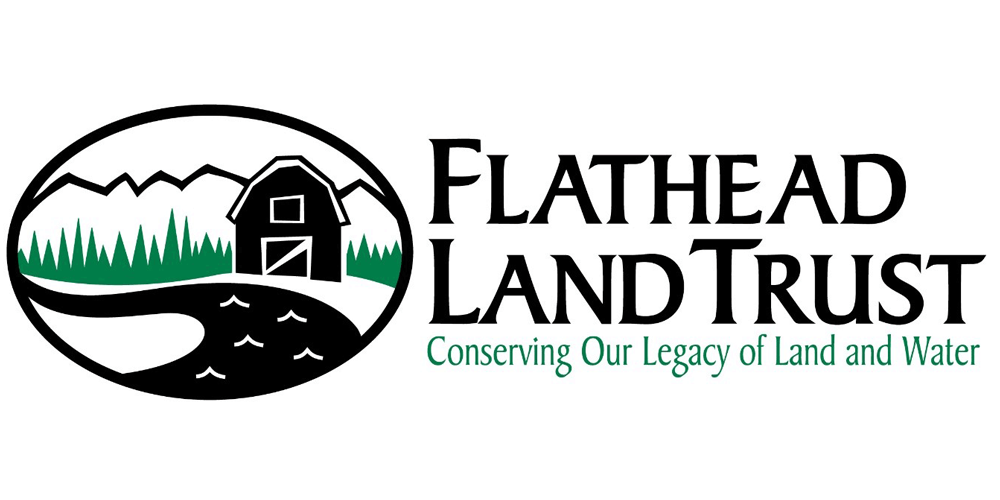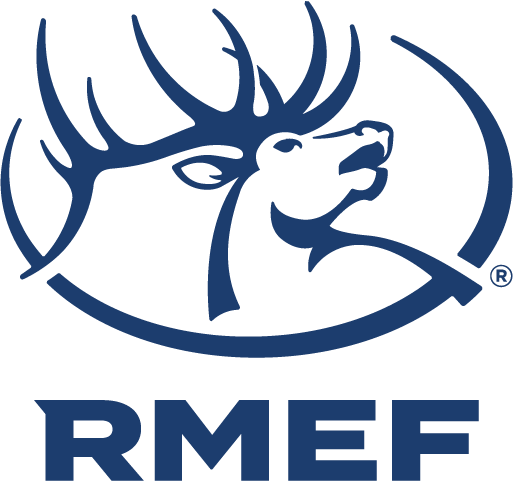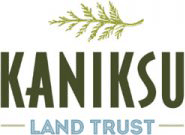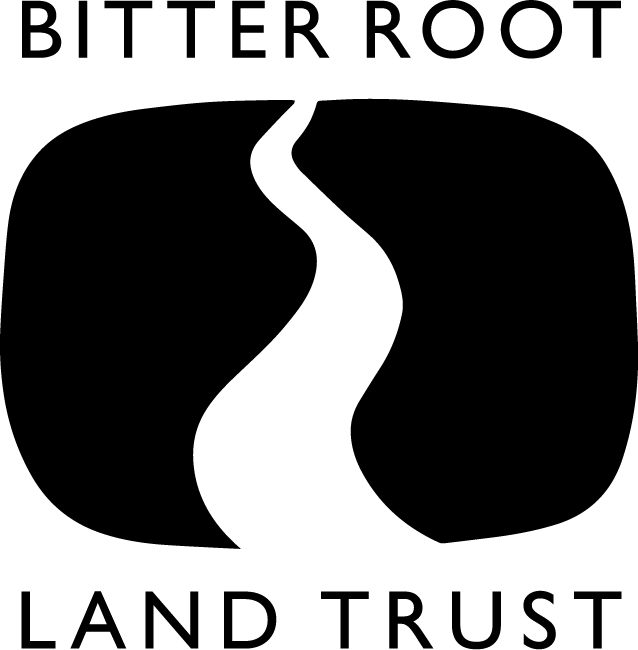Years ago, Montanans intentionally set aside funds in Habitat Montana to protect working lands and wildlife. Today, that fund has never more crucial.
Where the southern foothills of the Rocky Mountain Front and the north end of the Little Belts come together, there’s a piece of land where the mountains meet the prairie. Among the rolling seas of native grassland are unique geological features: volcanic dikes, terminal moraines and two prominent volcanic buttes called Birdtail and Lionhead. The far end of this landscape is timbered with big, deep draws, and myriad springs pump fresh water out of the ground even in drought years. This is cattle land, part of rancher Bob Rumney’s two properties that make up the Rumney Cattle Company near the town of Cascade. But it’s also land abundant with wildlife: 600-800 elk winter here, a bevy of mule deer, bighorn sheep, bears, coyotes, sharp-tailed grouse, partridges, eagles, and falcons, among many other creatures.
“It’s a really amazing piece of ground,” said Rumney. Bob’s father bought the home ranch in 1963. At 67, Bob has passed the ranch on to his son, John, although he’s still involved in the operation. “I could never sell this place. This is magical.”
In 2018, Rumney worked with Montana Fish, Wildlife and Parks (FWP) to voluntarily protect 3,980 acres of critical wildlife habitat through FWP purchasing a conservation easement to place on part of the ranch. This fifty-year-old tool respects landowners’ private property rights and protects working land and wildlife habitat in perpetuity.
“The whole purpose of the easement was to allow us to buy the land at half the appraised value and not pay taxes on it,” said Rumney. “It’s a wonderful tool to increase our capacity for running cows.” John, who also lives and works on the ranch, echoed this sentiment. “We viewed easement as a tool to expand our operation without taking on massive debt.”
As part of their easement, the Rumney family welcomes the public to enjoy its treasures, continuing the family’s tradition of allowing access for bird watchers, hikers, and hunters. “My dad has always been huge on letting people use our land for hunting and hiking,” said John. “He’s always said it’s the luck of the draw that we have it. If the roles were reversed, he’d appreciate somebody allowing him access.”
The easement and the abundance of wildlife on this “amazing” piece of land are dovetailing successes of Montana’s most effective conservation program: the Habitat Montana Fund. It’s primarily thanks to this program’s historic legacy and its modern functioning that the State of Montana has played such a critical role in helping private landowners protect working land and habitat.
Habitat Montana funding allows FWP to purchase conservation easements, usually on private land, and only after the landowner volunteers to initiate them to conserve the state’s most critical and threatened wildlife habitat. While the sale of nonresident hunting licenses has primarily funded Habitat Montana, Montanans recently agreed to diversify Habitat’s funding with revenue from marijuana sales taxes. This decision reflects a more collective responsibility and shared commitment to preserve the state’s natural resources.
With land values soaring, populations surging, development booming, and an unprecedented demand from landowners for voluntary private land protection, Habitat Montana has perhaps never been a more crucial tool in preserving Montana values and ways of life and allowing public access.
“My dad has always been huge on letting people use our land for hunting and hiking. He’s always said it’s the luck of the draw that we have it. If the roles were reversed, he’d appreciate somebody allowing him access.”
John Rumney, Rumney Cattle Company
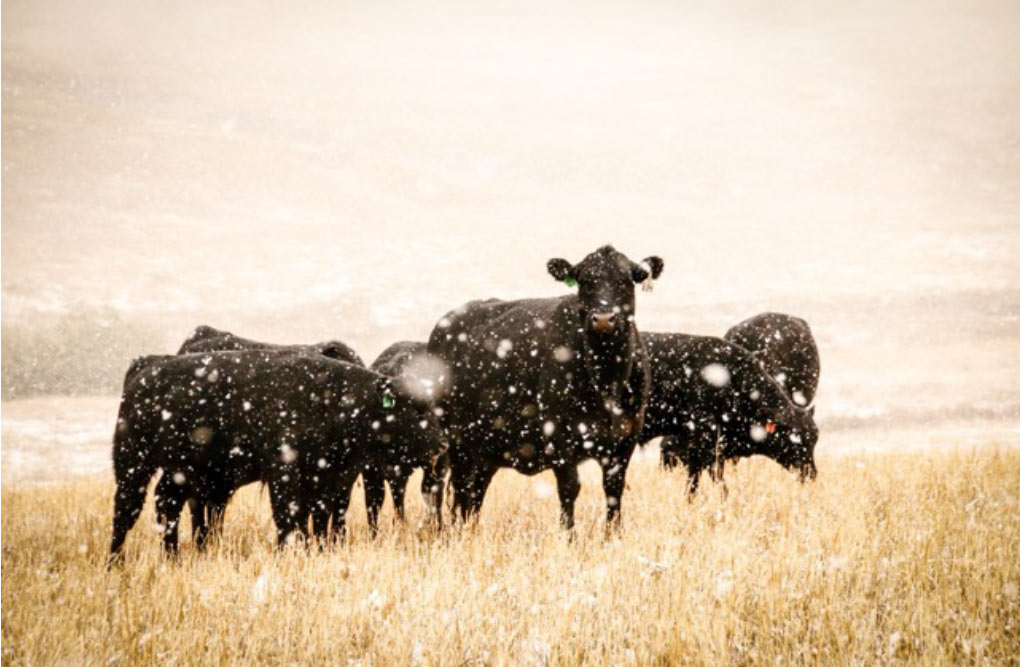
Habitat Montana’s Origin Story
Looking at a thriving wildlife landscape like that on the Rumney Cattle Co. property, it’s easy to think Montana’s wildlife populations have always thrived. Many people believe that because of the state’s remote nature, Montana was somehow forgotten in the commercial hunting and trapping frenzy that nearly wiped out every big game species—ungulates and predators—as the West was settled. That couldn’t be further from the truth. And while most people know about the demise of buffalo, grizzlies, and wolves, far fewer know there was also a time when there were very few big game, fish, upland birds and waterfowl, even in Montana.
“Our conservation history goes back to our territorial establishment in 1864 when the first territorial legislature had passed the first conservation law that settlers could no longer fish with dynamite but had to use hook, line and pole to save the fisheries from being wiped out,” said Mike Korn, a former landowner-sportsman relations coordinator for FWP.
To illustrate this point further, in 1905, a Bozeman man named Elers Koch, one of Montana’s first Forest Service Rangers, was assigned to the stretch of land that’s now the Bob Marshall Wilderness. He walked for 30 days across the Bob, into Glacier, and to the North Fork of the Flathead River. Throughout the entire journey, he only saw two living animals— a grouse and a mountain goat.
In response to the disappearance of wildlife and preserving natural wonders, Montanans convinced President Grant to set aside Yellowstone and President Teddy Roosevelt to set aside the National Bison Range. Roosevelt also successfully designated millions of acres in the state as national forests. President Taft set aside Glacier.
This coincided nicely with the passing of the Pittman-Robertson Wildlife Restoration Act in 1937, a nationwide act to fund wildlife restoration, habitat improvement, and land acquisition through an excise tax on firearms, ammunition and archery equipment. The U.S. Fish and Wildlife Service administers the revenue from these sales and distributes it to each state’s wildlife management agency.
Then, in 1972, Montanans wrote our state constitution to uniquely include the right to a clean and healthy environment. In 1975, the Montana Open Space and Voluntary Conservation Easement Act became law, the principal tool for private land conservation. This opened the door to voluntary, permanent private land protection.
Habitat Montana is just one in a long line of specific and concerted efforts to restore Montana’s wildlife abundance.
Chris Marchion, former president and current board member of the Montana Wildlife Federation and founder of the Anaconda’s Sportsman Club, traces Habitat’s inception to 1981 when President Reagan froze government spending on the Land and Water Conservation Funding (LWCF). The fund was intended to set aside $900 million annually to protect vital wildlife habitats and provide public access. (The Sun River Wildlife Management Area is an example of an LWCF-funded site in Montana.)
Even in the 1980s, there was growing pressure on real estate for higher economic use than agriculture. At about the same time, family farms were reaching the end of one generation and starting to transition to another. However, a willing member of the next ranching or farming generation didn’t always have the financial means to make a go of it as massive agriculture companies were consolidating large family properties.
Amid this situation, which coincided with Reagan cutting federal spending, Montanans rallied together. They began discussing options for setting aside consistent funding for the state wildlife agency to acquire, purchase, and conserve habitat with high wildlife values that often adjoin public lands to help preserve our unique wildlife populations. The idea was intentionally protecting land through conservation easements, inspired by what was happening nationally being led by organizations like The Nature Conservancy and the Trust for Public Land.
Both hunting and conservation groups called on the legislature to create a funding source for FWP to protect critical wildlife habitats. In 1987, legislation passed that founded Habitat Montana, funded with $3 million annually in out-of-state hunting licenses and the excise tax from ammunition, firearms, and sporting equipment. The legislation directed FWP to spend the funding primarily on conservation easements. Habitat Montana was a mechanism, a stable funding vehicle, to pay for conservation efforts that people recognized needed to occur.
Conservation efforts in Montana have long been an incredible story. It’s rare that the exploiter of a resource—hunters, in this case—not only stopped short of destroying that resource—wildlife—but volunteered to save it. The hunting community proposed that taxes from ammunition and hunting licenses go to recovering decreasing wildlife numbers. Over a half-century later, wildlife populations are increasing, users are paying for it, and everybody benefits.
“Montana has one of the highest participation rates in hunting and fishing in the nation,” said Bob Sanders, Ducks Unlimited manager of conservation programs in Montana. “The access to good wildlife habitat is one of the reasons why many people, including myself, live here. Habitat Montana is one of the best things about Montana. No other easement programs provide for public access in the state.”
Habitat Montana allows private landowners to keep their properties in the family by using conservation easements to help keep their farms afloat. These landowners continue to be valued as agricultural producers in the American economy while simultaneously providing habitat for wild things that people hunt and fish. The people paying for it are those who like to hunt and fish.
“Voluntary rancher-friendly conservation programs, like conservation easements, keep good grassland on the landscape, keep habitat from not being fragmented and create an optimal equation not only for waterfowl but also for upland birds and big game species, including some of the best pronghorn migration corridors,” said Adam McDaniel, Ducks Unlimited biologist. “These easements create a partnership with the federal, state, and other NGOs and private landowners. That equation allows for good, intact prairie grasslands combined with a mosaic of BLM and state land.”
“Montana has one of the highest participation rates in hunting and fishing in the nation. The access to good wildlife habitat is one of the reasons why many people, including myself, live here. Habitat Montana is one of the best things about Montana. No other easement programs provide for public access in the state.”
Bob Sanders, Ducks Unlimited
Diversifying Funding with Marijuana Revenue
According to an economic study in 2019, it became clear that more funding was needed for Habitat Montana. Paying for the resource needs for working lands, wildlife conservation, and recreation had exceeded budget allocations, including federal allocations, which also play a crucial role in protecting and maintaining the state’s lands. That year, Montana landowners and nonprofit land trusts had filed $33.6 million in proposals for federal and state conservation funding programs—but only $21.2 million were approved, leaving a $12.4 million funding gap. Existing state funding wasn’t keeping pace with the growing demands for public access, protecting working farms and ranches, and managing Montana’s fish and wildlife populations.
Again, Montanans began to rally around conservation efforts and funding. The model of hunters and anglers predominantly funding wildlife conservation, easements, and wildlife agencies was “a fantastic model that could be broadened to include other recreational users and take the burden off hunters and anglers,” said Dave Chadwick, former president of Montana Wildlife Federation.
Around the same time, a ballot initiative to legalize marijuana was gaining momentum. Pepper Petersen, President and CEO of the Montana Cannabis Guild, was one of the primary drivers behind it. He knew if legalization were to pass, it could benefit what Montanans value: public lands and hunting and fishing access. Thus, the initiative language stated that a portion of the sales tax from marijuana be added and diversified revenue for Habitat Montana. Voters overwhelmingly approved the initiative. Marchion says he knows people who opposed marijuana legalization but supported the initiative to boost the Habitat fund to address rising development concerns, shrinking open lands, and habitat loss.
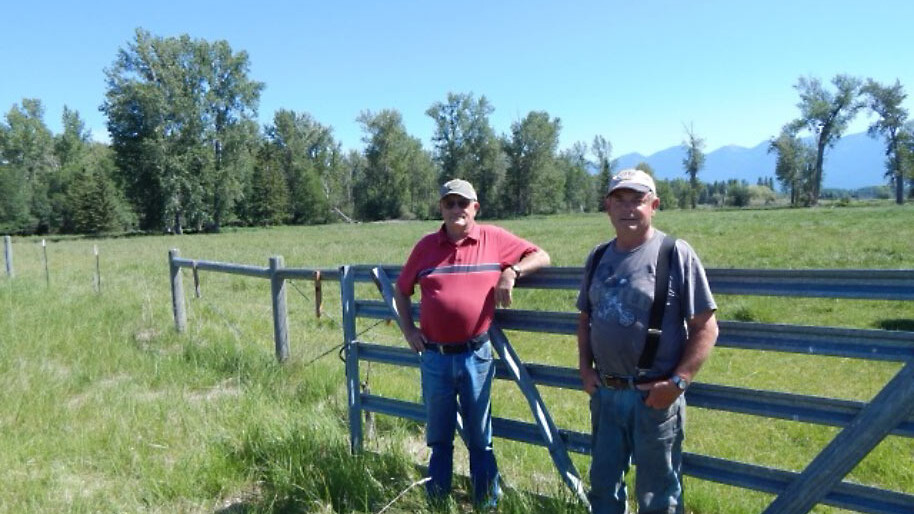
Protecting Private Land with Habitat Montana Funds
Over half of Montana comprises private working lands, including farms, ranches, and forests. These lands contain prime agricultural soil and are often wildlife corridors connecting habitats. However, threats to working lands from development pressure, skyrocketing land prices, and agriculture challenges have made it difficult to keep them in family hands. That’s where Habitat Montana and other essential funding sources play such an important role.
“One of the cultural notions that we have here in Montana is landowners being stewards of the land,” said Korn. “Habitat Montana provides a way to incentivize landowners to be able to look at their land from a conservation point of view.”
Conservation Easements
As of June 2022, Habitat Montana funds have enabled FWP to protect 70 properties totaling nearly 340,000 acres from development through conservation easements, using $51.9 million of the funds. At the same time that it provides a critical range for wildlife, Habitat Montana benefits ranchers and farmers by providing working capital to secure financial futures, pay off debt, or expand operations.
Bruce Louden, whose farm east of Kalispell has been in that family since 1918, decided to utilize multiple conservation easements over several years on many of the family’s parcels to head off the growth they saw coming in Flathead Valley.
“In 2009, it wasn’t quite as bad as it is now as far as people moving in, but we could see how the trend is going as far as population, housing, and development,” said Louden. “We just didn’t want that to happen to our farms, and it was somewhat of a financial incentive that helped the land stay in farming.”
Conservation Leases
In 2022, FWP introduced a conservation lease, a new habitat protection tool. A lease is a voluntary, incentive-based agreement between FWP and a landowner committed to specific land management practices that protect wildlife habitat. FWP pays the landowner a one-time per-acre fee for the lease agreement, which, in contrast to a permanent easement, lasts only 30-40 years.
FWP Wildlife Division Administrator Ken McDonald recently told the Montana Free Press that the agency launched leases to give private landowners more options to protect sagebrush grasslands, prairies, and wetlands. “Working with landowners is ultimately what we’re seeking to achieve, and this lease program is just another tool to help with that,” he said. “We’re pretty excited about the projects that will hopefully get approved.”
FWP has already used the Habitat Montana program to enroll eleven properties in eastern Montana in the new habitat lease program. The agency aims to enroll 500,000 acres of prairie habitat under 30-40-year leases by 2027.
Darwin Pfaffinger’s ranch—a 1600-acre ranch north of the Yellowstone River in eastern Montana near Hysham that’s been in his wife’s family since 1904—includes one of those leases. They hesitated to place the land in a conservation easement because Pfaffinger says he can’t predict the future: whether or not his kids will face financial hardships and need to sell part or all of the land to make ends meet.
“I don’t feel at my age that I’m in a position to tell my kids what to do with the ranch when they inherit it,” said Pfaffinger. “What if something comes up and it has to be sold? We don’t want it tied into some legal nightmare, which could cause them a lot of trouble.”
“One of the cultural notions that we have here in Montana is landowners being stewards of the land. Habitat Montana provides a way to incentivize landowners to be able to look at their land from a conservation point of view.”
Mike Korn, Retired FWP

Easement or Lease?
Conservation easements permanently protect the natural characteristics of open space, wildlife habitat, and working lands, while conservation leases only maintain those characteristics for a few decades. Many Montanans, from landowners to hunters to veterans in the private lands protection space, are nervous about seeing public funding used for temporary protections rather than permanent ones.
“We’ve been working with conservation easements for almost five decades, and they are the best tool we have for certain landowners to meet their goals—whether that’s generational transfer, an influx of cash to improve operations, or just to permanently protect the land they cherish from being converted to a subdivision,” said Chris Bryant, conservation director at The Nature Conservancy. “These easements provide a sense of reassurance and optimism for the future of our natural resources and agricultural and timber economies. In comparison, leases are a form of conservation offering a smaller protection level. Conservation easements are not entered into lightly and often take years if not decades to develop and implement—yet we still have more landowner demand than capacity to get them done.”
Chris Marchion is very vocal about not supporting leases. Montana hunters created Habitat Montana to address wildlife habitat needs, he says. He believes the program has succeeded for over thirty years because of the collaborative management of FWP and conservation-minded hunters and landowners to acquire fee titles for permanent easements. “Temporary leases are not always the priority of hunters who provide the funds,” said Marchion.
Whatever tool landowners choose to protect their lands voluntarily, one thing is for sure, private land protection and working lands will continue to rely on the Habitat Montana Program and the public funding it provides.
This community of conservationists, private landowners, and government partners has written the incredible recovery story we live in today. It’s not a story of winners and losers. With Habitat Montana, everyone wins.
